December 3th, 2022 – We are in Hanukkah and Shabbat is almost here!
And today we come back to the compilation of Jewish singers from Tunisia, with a star whose wake was extinguished too soon
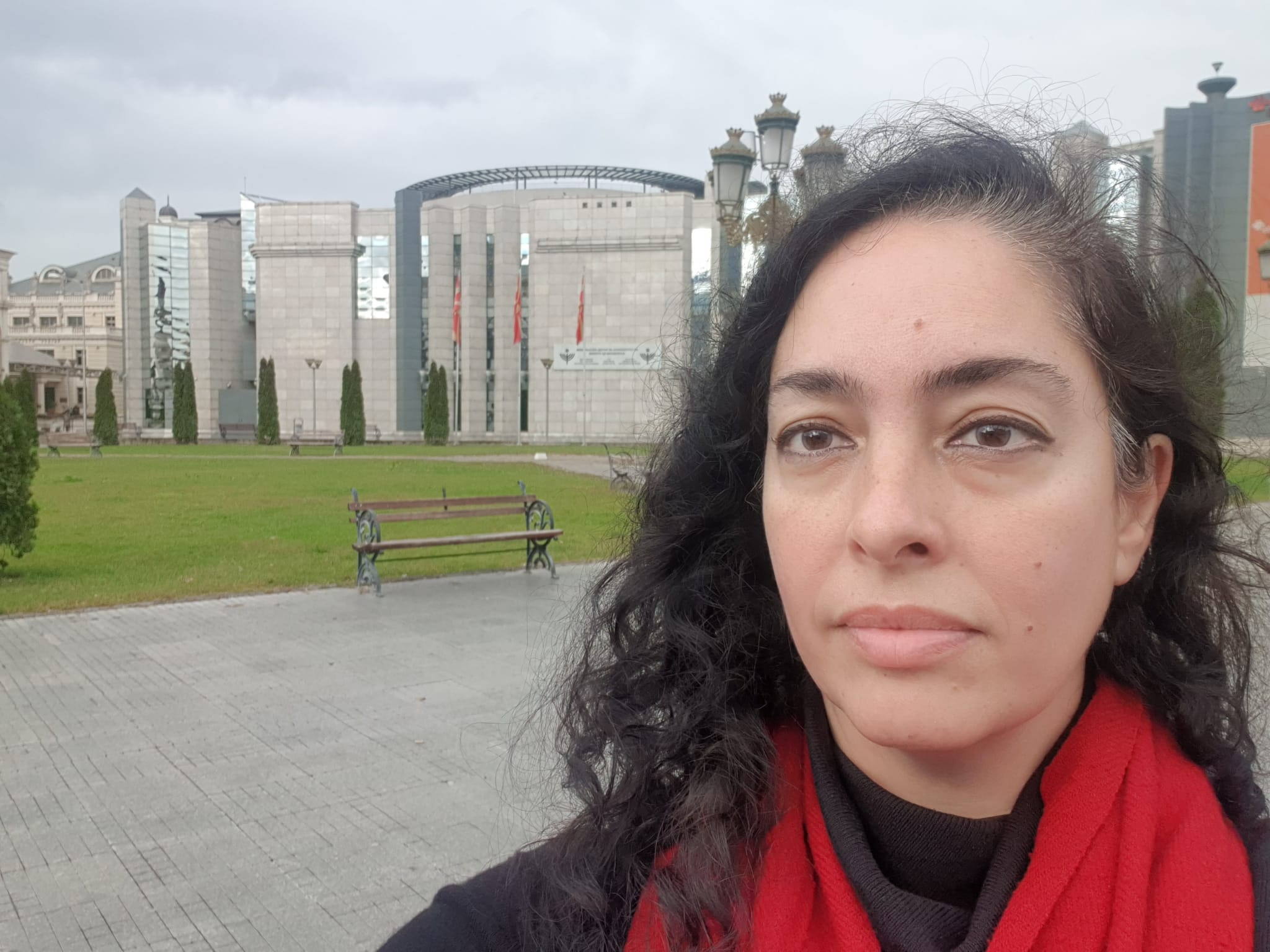 Hello, how are you? I hope well. As I already told you, the last week I was in Skopje. This picture is in front of the memorial of the Holocaust. But today I am at home and this week is Hanukkah.
Hello, how are you? I hope well. As I already told you, the last week I was in Skopje. This picture is in front of the memorial of the Holocaust. But today I am at home and this week is Hanukkah.
Last Wednesday it was done the celebration of Janucá in Madrid, in the wonderful Plaza de la Villa, that means “square of the city”. It was a rainy evening but despite this, a good number of people gathered for the lighting of the fourth candle.
It was an institutional event, organised, as several years before, by Centro Sefarad-Israel, with the participation of the city council of Madrid, the Jewish Community and the embassy of Israel.
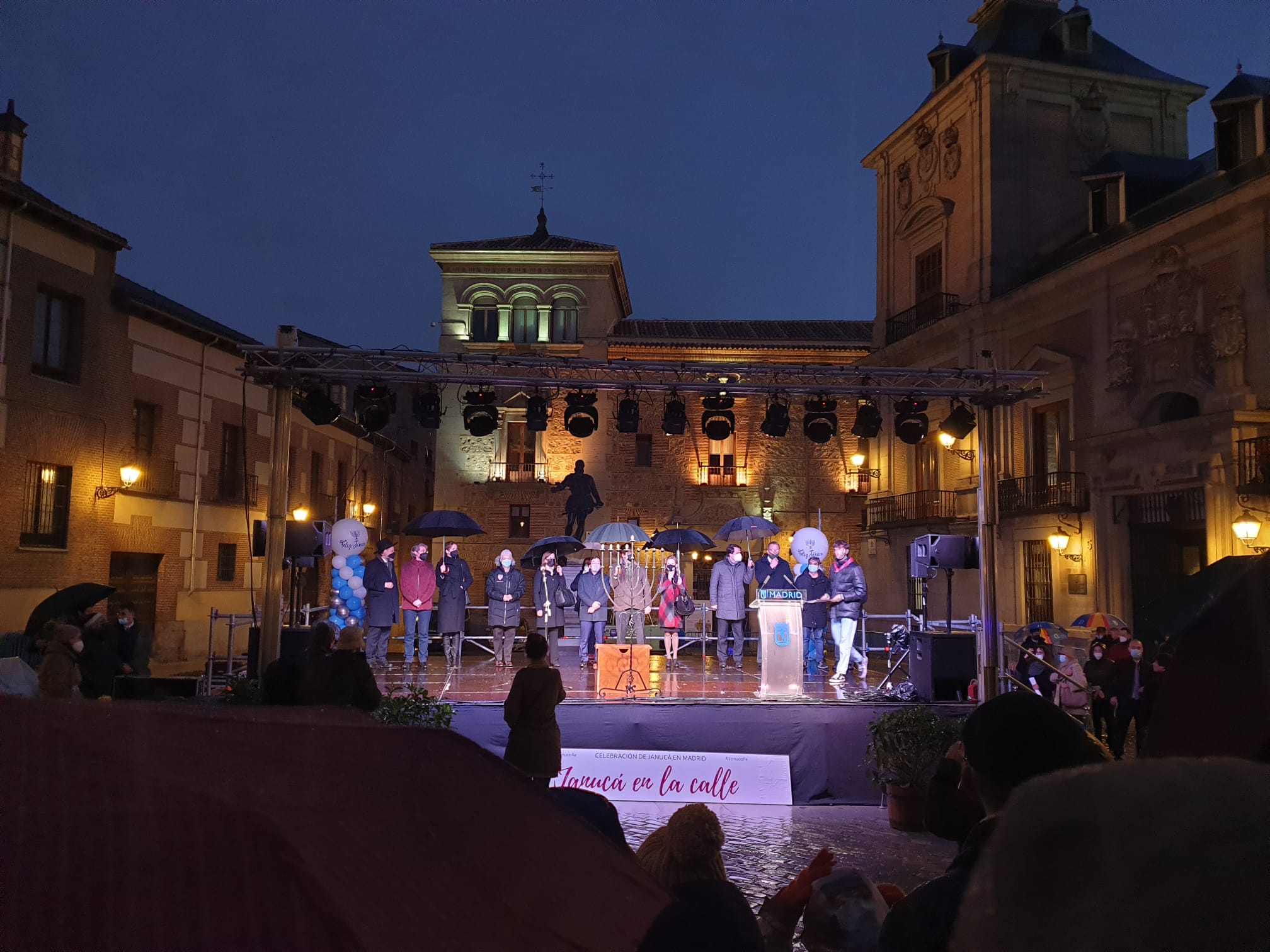 I like the fact that a Jewish celebration is held in Madrid in the street, but of course, there is always a lot of security, with access control by police officers. I would like to think that it is mainly because there are political representatives and not because it is a Jewish celebration.
I like the fact that a Jewish celebration is held in Madrid in the street, but of course, there is always a lot of security, with access control by police officers. I would like to think that it is mainly because there are political representatives and not because it is a Jewish celebration.
That same evening I shared a couple of hours with my friend Patricia Álvarez, about whom I have spoken here several times here (she was the one who introduced me to Salim Halali, of whom I did an edition of MBS that I think is wonderful). We are working in some amazing plans and as I know she liked the edition about the Jewish singers from Tunisia. And I promised to come back to this album. This edition of today is specially dedicated to her. As a woman and as an artist, as well as a connoisseur of the North African music, she will enjoy much. I hope you all enjoy it!
Then, please, spread the word.
| Share this with a friend, right from here |
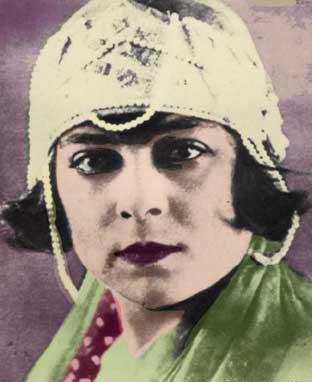
About Hbiba Msika
She was called “habib’t el koll” (beloved by all), “belle des belles” (the beautiful of the beautiful ones) ou “tiger of green eyes. She was a singer, dancer, actress. In the subtitle of this issue I mentioned a star whose wake went out too soon. In fact, our protagonist lost her life at the age of 27. You will soon see what happened.
Hbiba Msika was born as Margueritte Mskika in 1903 in Bab Souika, Jewish ghetto in Tunis, to a family of impoverished string merchants. Her father played the violin.
She learned to read and write at the Alliance Israélite Universelle school. At the age of seven, with the help of her aunt, she took singing, music theory and classical Arabic lessons from the famous composer Khemaïs Tarnane and the Egyptian tenor Hassan Bannan. She began her singing career at Jewish weddings, then married her cousin Victor Chetboun. Although married to her cousin, she carried on numerous affairs with French, Jewish and Muslim notables.
This is Bab Souika, where Hbiba Msika was born, from Google Maps Street View ?
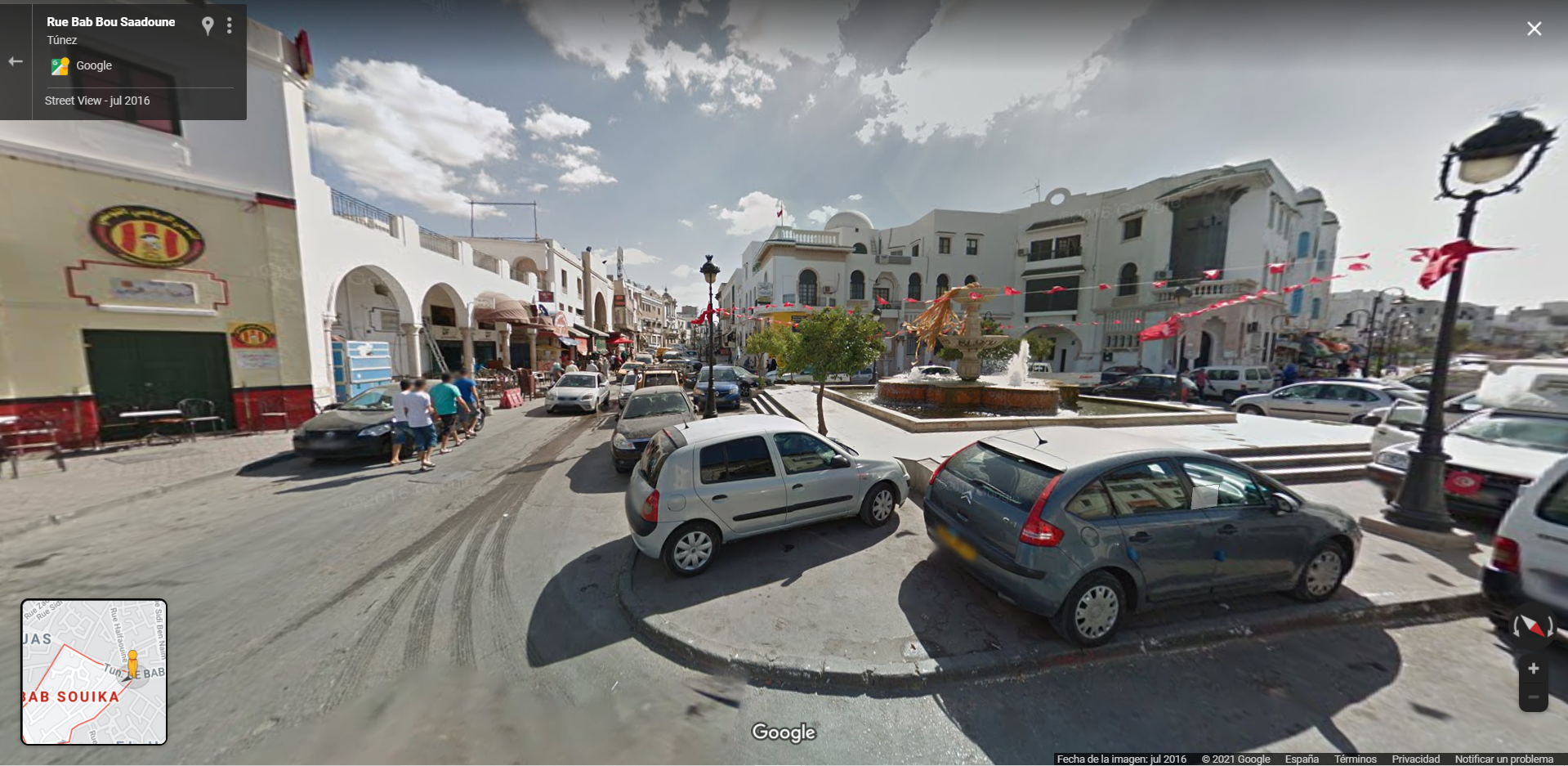
In her early teens, she left the Alliance and began to spend more time with her songstress aunt, Leila Sfez, who ran the local hammam. Her aunt was her mentor in the practice of her charms.
She learned to play the lute thanks to Acher Mezrahi, the famous poet-composer, who took her under his wing. A decisive meeting with Hassan Banane will later allow her to interpret the songs of Oum Kolthoum and Abdelwahab.
She took the pseudonym of Habiba (beloved). Her first concert was at the palace Assous de La Marsa. During the 1920s she became a sex-symbol and she got soon a legion of admirers, who she called “asker ellil”, soldiers of the night. Her lyrics evoked love and taboos without restraint. She dared to wear “sexy” clothes, sing naughty songs and provoke.
Hbiba joined the theatre company of Mohamed Bourguiba (Habib Bourguiba’s older brother). She preferred to play male roles, like Romeo, role that she incarnated in 1925 and whose kiss to Juliet on stage provoked a riot that was controlled by her “asker ellil”.
She was arrested one evening in 1928 by the colonial authorities after chanting independence slogans on stage, wrapped in a Tunisian flag. A few years earlier, the future president of the first Tunisian Republic, Habib Bourguiba, had translated Victorien Sardou’s play “Patrie!”, which Hbiba performed under the direction of Mohamed Bourguiba. The performance of “Patrie!” earned her a night in prison for supporting the national cause.
Hbiba Msika provoked also anger between the conservative cicles by playing male roles such as the biblical character of Joseph, who accused her of insulting Islam, because she was a woman and a Jew, playing a prophet.
This ? wonderful poster is from HistoryToday.
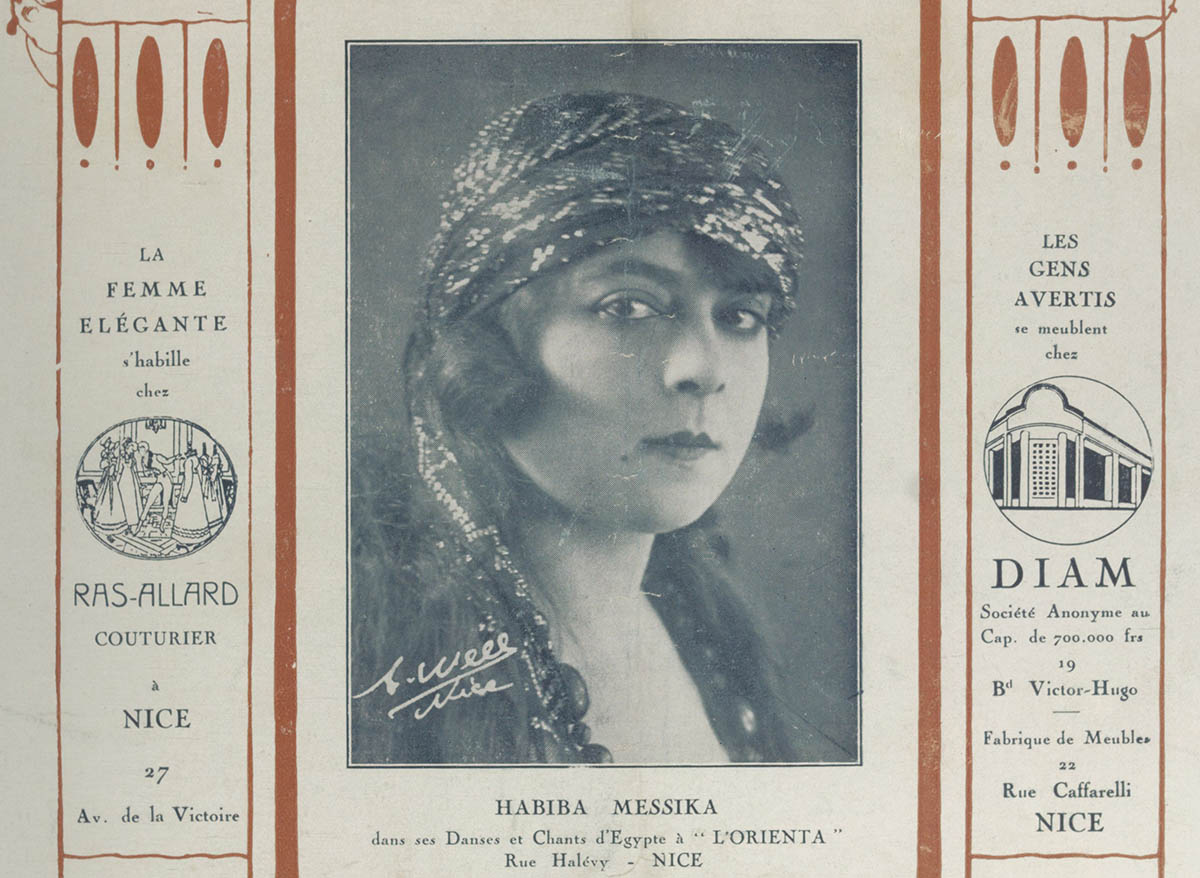
She performed briefly in Paris, where she met and impacted personalities like Pablo Picasso and Coco Chanel, as well as in Niza, Montecarlo and Berlin.
She was said to have had several lovers, including the Iraqi singer Mohamed Kabandji and the poet Chedly Khaznadar. She was also the lover of the Prince Fuad of Egypt and at the same time she met Eliahou Mimouni, a rich Israelite, seventy-year-old merchant, from Testour who was madly in love with her: he built her a small palace in Testour, according to her instructions. She never put a foot there. This man acted as her sponsor. He covered the expenses of her tours in Algeria, Morocco, Egypt, France and Italy.
This is the palace that Eliahou Mimouni built for Hbiba ?. The picture is from Google Maps, by Ahmed Oueslati. Nowadays it is the house of culture of Testour. The change of the name, from Mbiba Msika’s house to the Culture House has caused controversy.
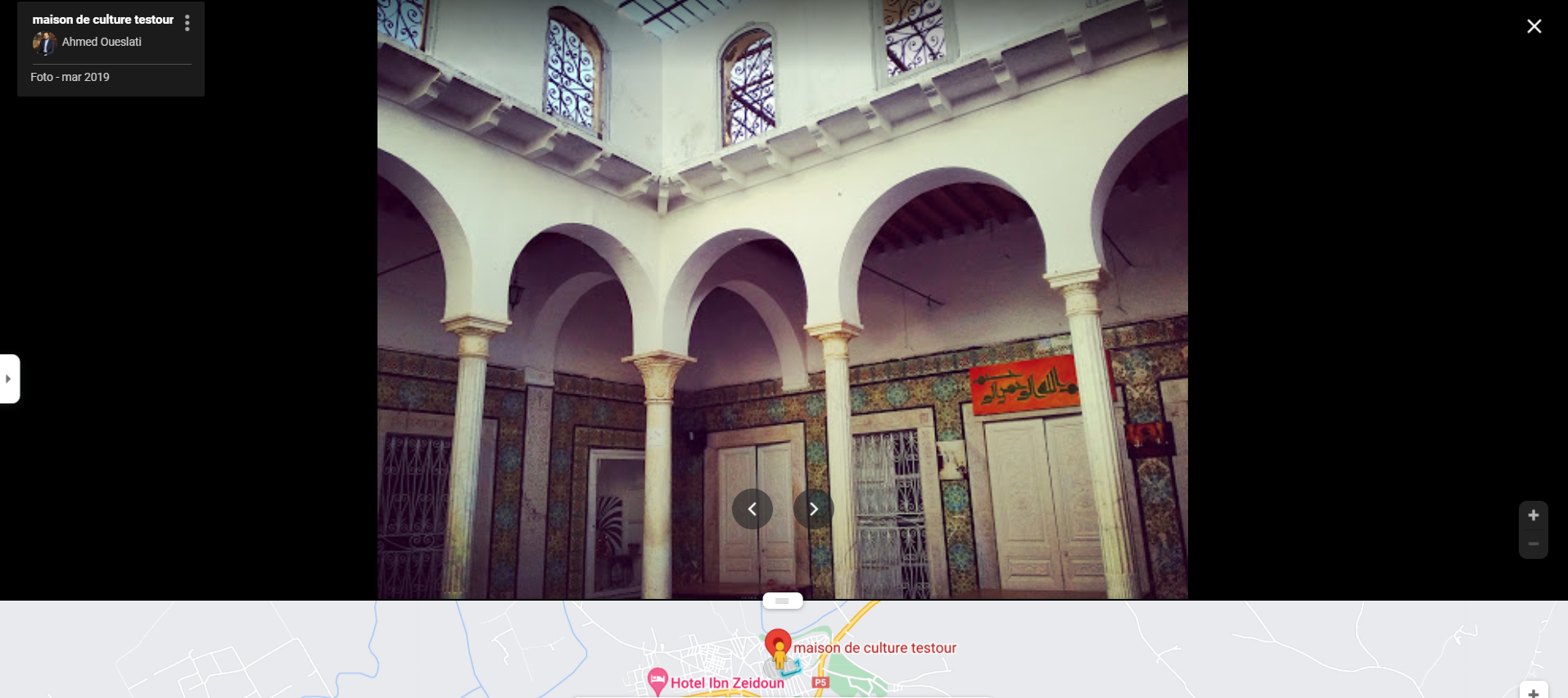
He believed she would marry him. But she continued to live in Tunis no matter how much he courted her. She started a new romance with a childhood friend, Mondher Maherzi. She got pregnant and decided to marry him. But on the morning of 20 February 1930, Eliahou Mimouni, mad with jealousy, entered her flat in the rue Alfred-Durand-Claye, Tunis, doused her with petrol and burnt her alive. She died the next day because of the injuries, followed shortly after by Mimouni, who also immolated himself.
Hbiba Msika’s funeral procession is recorded as one of the largest in Tunisian history, rivaling that of President Habib Bourguiba. She was buried in the Borgel cemetery in Tunis.
“Tunis on 23 February 1930. By half past twelve, thousands of people had gathered on the Avenue de Londres, the main artery leading to Tunis’ Jewish quarters. They had come to mourn the singer Habiba Messika, who, aged 27, had been brutally murdered two days earlier.
In French-occupied Tunisia, this was an unusually large ‘native’ gathering and it gave the authorities cause to worry. Messika’s death had not only brought Muslims and Jews together, but it had also attracted Destourians, Tunisian nationalists. Members of the Destour – a political party founded ten years earlier with the aim of reclaiming Tunisian sovereignty – had long regarded Messika as a fellow traveller. Her records, especially her interpretations of pan-Arabist songs made for the Baidaphon record label, had recently been found in the possession of Destour supporters.
From the Avenue de Londres, some 5,000 people began a two-and-a-half kilometre procession to the city’s Jewish cemetery.” Chris Silver, HistoryToday.com.
While searching for more details about her life, I found the book Medical Imperialism in French North Africa: Regenerating the Jewish Community of Colonial Tunis (by Richard C. Parks), of which I will take a little part, that is specially interesting:
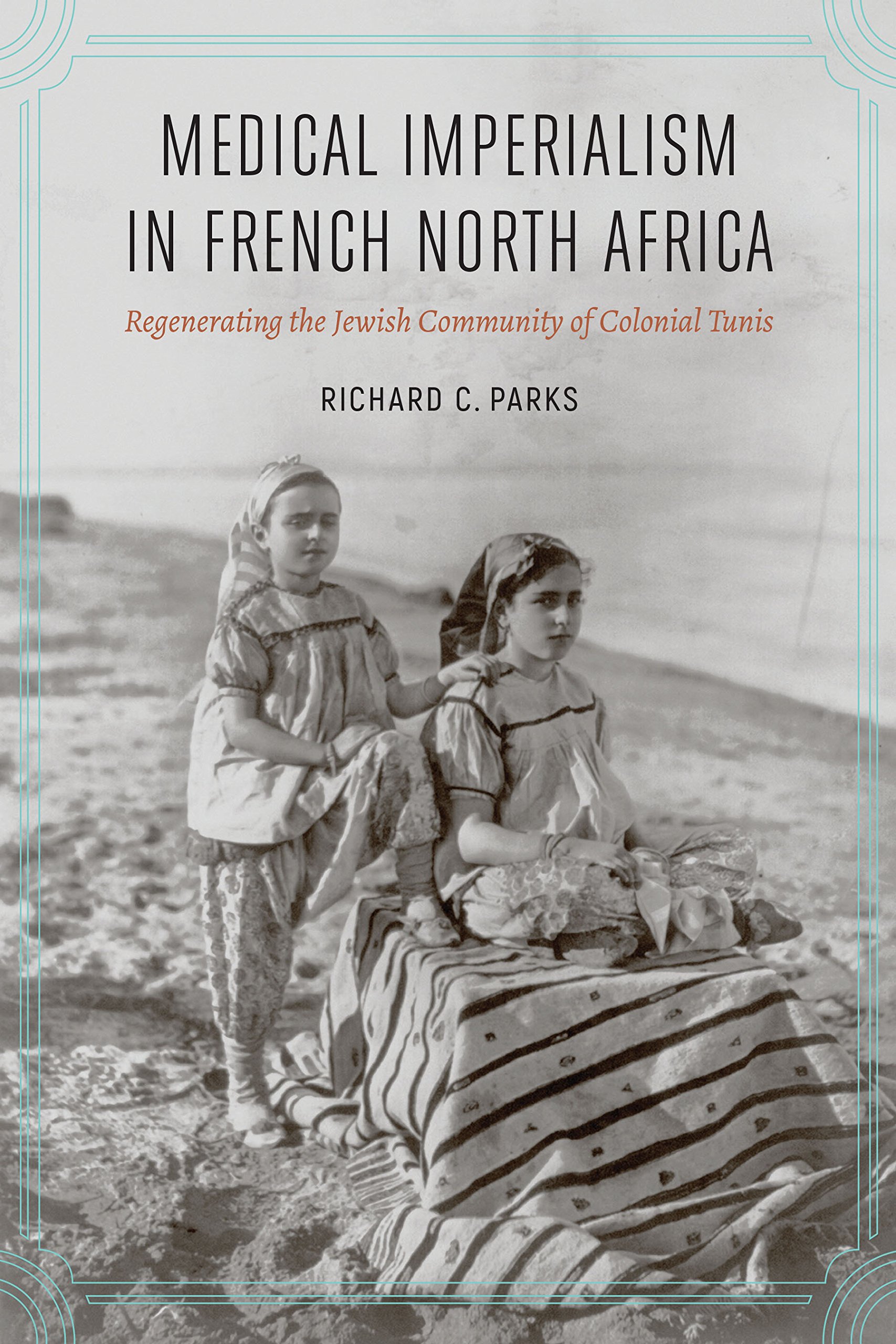 “Taken in isolation, the life of Habiba recounts the oft-told tale of an overly ambitious courtesan or showgirl—a provocateuse. But in a larger sense, her flamboyant zest for life vividly demonstrates the social and cultural power of modernity in colonial life. Whether adored or reviled, all agreed on one point: Habiba was modern. Her tale exemplifies the dichotomous nature inherent in “living colonialism,” walking the tightrope between modern and indigenous, liberated and subjugated, and civilized and native. More important, her story reflects the tension within the Jewish community in regard to the proper role of women and their place in a modern society. Embracing French modernity, if that is indeed what Habiba represented, and the emancipation of women upended indigenous cultural and religious norms. As the lynchpin to regeneration, women and, even more important, their reproductive powers lay at the heart of successful colonial assimilationist policy. Novel medical interventions and lifesaving technologies, especially in regard to childbirth, attracted Tunisian Jewish women, but the acceptance of French medicine and scientific expertise also implied a rejection of indigenous traditions. Ordinary Jewish women were forced to walk the same tightrope as Habiba. Jewish women balanced indigenous practices with French medicine, melded native understandings with scientific savoir faire, and renegotiated their subjugated status into liberated womanhood. For Tunisian Jewish women, embracing French medicine and Science was simultaneously a cultural imposition and a positive outgrowth of colonialism.
“Taken in isolation, the life of Habiba recounts the oft-told tale of an overly ambitious courtesan or showgirl—a provocateuse. But in a larger sense, her flamboyant zest for life vividly demonstrates the social and cultural power of modernity in colonial life. Whether adored or reviled, all agreed on one point: Habiba was modern. Her tale exemplifies the dichotomous nature inherent in “living colonialism,” walking the tightrope between modern and indigenous, liberated and subjugated, and civilized and native. More important, her story reflects the tension within the Jewish community in regard to the proper role of women and their place in a modern society. Embracing French modernity, if that is indeed what Habiba represented, and the emancipation of women upended indigenous cultural and religious norms. As the lynchpin to regeneration, women and, even more important, their reproductive powers lay at the heart of successful colonial assimilationist policy. Novel medical interventions and lifesaving technologies, especially in regard to childbirth, attracted Tunisian Jewish women, but the acceptance of French medicine and scientific expertise also implied a rejection of indigenous traditions. Ordinary Jewish women were forced to walk the same tightrope as Habiba. Jewish women balanced indigenous practices with French medicine, melded native understandings with scientific savoir faire, and renegotiated their subjugated status into liberated womanhood. For Tunisian Jewish women, embracing French medicine and Science was simultaneously a cultural imposition and a positive outgrowth of colonialism.
Demonstrations of modernity through scientific advancement, medical skill, and technological progress were key indications of the successful regeneration of colonial men. But where women were concerned, both in the metropole and the colonies, modernity was a double-edged sword, often labeled as a luxurious and petulant whim for freedom, feminism, and childlessness that more often than not opened the door to the degeneration of the race, not its renaissance. According to this line of thought, men demonstrated their modernity through the assimilation of intellectual and technological precepts; women flouted their modernity through unorthodox, outlandish behavior. Of course, careful examination of the historical record disabuses us of this overly simplistic reduction.
Habiba’s contemporary critics claimed that she embodied all that was degenerative, decadent, and dangerous about the expression of colonial modernity in women. But not every woman could be, or wanted to be, the next Habiba. Habiba was feted and scorned by Tunisian society because she was an outlier and an anomaly.”
The mentioned book focus on the point of view of medicine and I think it is a very inspiring and different analysis of the role of Hbiba than the one that could be done from the vision of the world of the art.
The information about Msika’s biography is from LePetitJournal.com, from Harissa, from Le Malouf: La Plus Belle Passerelle sur le rhumel, Medical Imperialism in French North Africa: Regenerating the Jewish Community of Colonial Tunis (by Richard C. Parks) and the outstanding work by Chris Silver in HistoryToday.
About the piece
Like the one by Bishi Slâma that we listened a few editions ago, this piece is included in the album Chanteurs juifs de Tunisie, Patrimoine Musical, released by the very interesting French record label MLP in 2013. It is one of three albums dedicated to Jewish singers from North Africa: Algeria and Morocco complete the trio.
It’s time to enjoy the music:
Click the picture to listen to El Alb Maa Weld El Hma by Hbiba Msika:
| Share this with a friend, right from here |
